Pigeons: Beautiful pigeon Birds Graceful Companions of Sky
1. Introduction to Pigeons
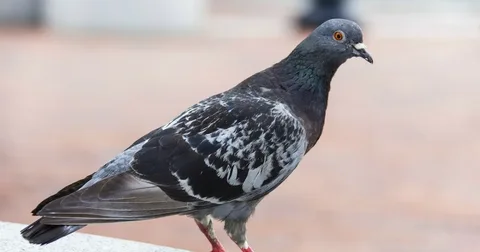
Beautiful Pigeon Birds are among the most familiar and admired birds in the world. Belonging to the family Columbidae, they share close ties with doves, and together, But they are spread across almost every continent. “Therefore, known for their gentle nature, adaptability, and unique ability to thrive in both wild and urban environments, pigeons have fascinated humans for centuries.” Their soft cooing sounds, elegant flight, and symbolic presence in art and culture have made them beloved creatures around the globe.
2. Physical Characteristics and Behavior
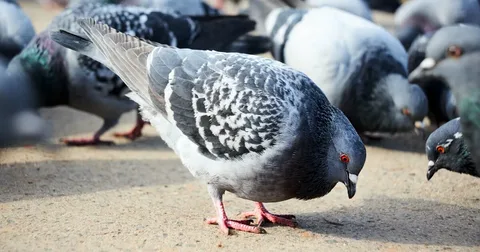
Their plumage comes in a wide variety of colors and patterns, ranging from simple grays and whites to iridescent greens and purples. This diversity is due to the many breeds Because developed by humans over time. Pigeons possess strong wings and remarkable endurance, allowing them to fly long distances without tiring.
One of their most notable abilities is their homing instinct. Pigeons can return to their nests from hundreds of miles away, guided by their sharp senses of vision and magnetic orientation. “They became reliable messengers because of this unique skill, but their importance was greatest in ancient times, especially during wars.” Their calm temperament and tendency to bond with humans make them easy to domesticate.
3. Breeds and Varieties of Pigeons
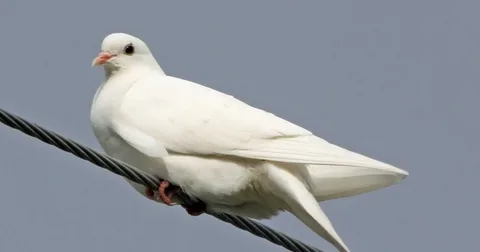
Over the centuries, pigeon fanciers have bred countless varieties, each with distinct features and purposes. Some of the most popular breeds include:
- Racing Homer – known for speed and homing ability.
- Fantail – recognized by its large, fan-shaped tail feathers.
- King Pigeon – a heavy breed raised mainly for meat.
- Jacobins – distinguished by feather hoods around the neck.
- Tippler – bred for long-endurance flights.
- Lahore Pigeon – admired for its beauty and colorful plumage.
These breeds highlight the pigeon’s adaptability, from serving as companions and racing birds to ornamental pets and even a source of food.
4. Cultural and Historical Importance
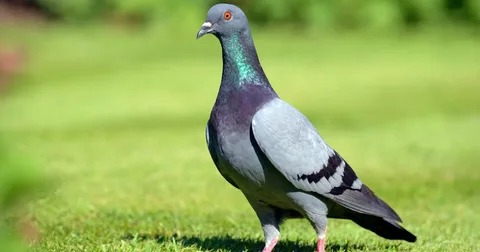
Throughout history, pigeons have held a special place in human society. In ancient civilizations like Egypt, Greece, and Mesopotamia, Beacause pigeons were domesticated for their ability to deliver messages and provide food.
Beyond their practical uses, but pigeons also carry rich symbolism. In many cultures, pigeons and doves represent peace, love, and purity. In art, literature, and religion, pigeons continue to serve as a reminder of freedom and spiritual connection.
5. Pigeons in Modern Times
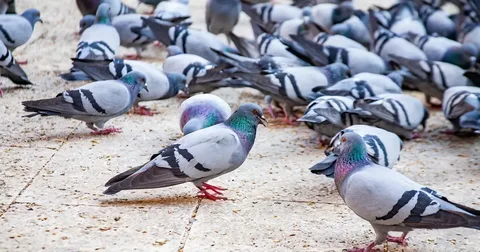
Today, pigeons are found in nearly every part of the world, from bustling cities to quiet countrysides. In urban areas, they have adapted well to human presence, often seen perching on buildings and foraging in public squares. While some consider them pests due to their large populations, others admire their intelligence, loyalty, and beauty.
Pigeon racing and pigeon keeping remain popular hobbies in many countries. Enthusiasts around the world breed and train pigeons for competitions, while others keep them purely for their ornamental value. On the ecological side, pigeons play an important role in seed dispersal and act as prey for larger birds, contributing to the balance of ecosystems.
Conservationists also highlight the importance of protecting rare pigeon species, as not all varieties are as widespread as the common rock pigeon. Some exotic breeds and wild species face threats from habitat loss and hunting, reminding us that these birds deserve appreciation and care.
 Birds Drawing Birds Drawing
Birds Drawing Birds Drawing
